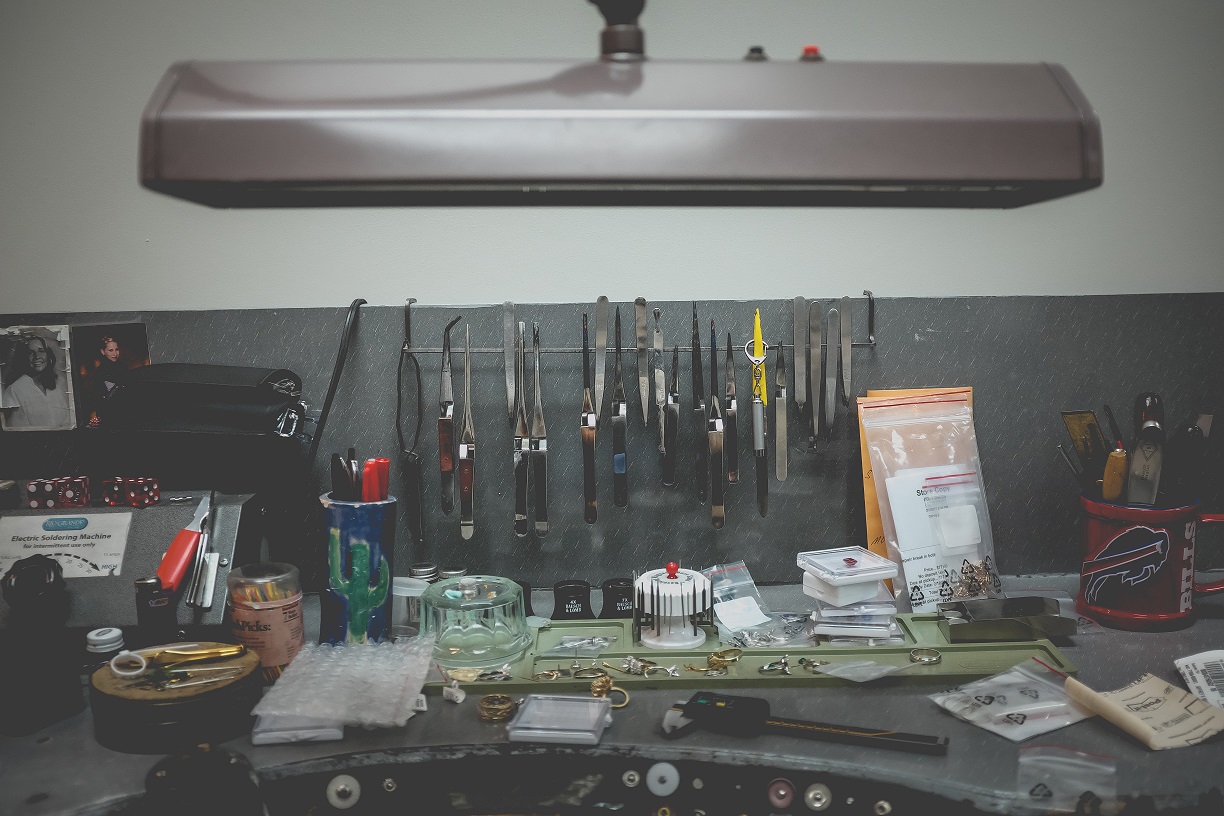Indispensable in the toolbox of an amateur or professional handyman, the air compressor allows for different types of work at home and on a construction site. The power with which this equipment sends compressed air makes it possible to carry out different activities in various sectors.
The air compressor is useful for operating pneumatic tools. It is as well used in carpentry and DIY workshops as in a garage or in the garden. Learn how to use an air compressor by following these tips.
There is a wide choice of compressors on the market. They are differentiated by the air flow returned, the engine power, the capacity of the tank and the number of pistons.

Choosing the right compressor
Be aware that the higher the return air flow, the more efficient the unit is and is able to do a lot of work. In addition, a compressor with a larger tank allows you to do more work. For example, a 100-liter air compressor allows you to paint a very large area. On the other hand, a 50 liter air compressor is more suitable for small jobs such as cleaning, nailing or painting a small area.
Here are some examples of the pressure needed for different tools:
- 2 to 6 bars for a sander;
- 4 to 6 bars for an inflator;
- 6 bars for a chipper;
- 6 bars for an impact wrench;
- 6 bars for a joint gun.
You can also check for cables air compressor. One of the most well reviewed ones is the Porter cable air compressor.
Understand how an air compressor works
The ambient air is sucked by the pistons and goes into the buffer tank where it rises in pressure. The latter is indicated on a manometer. The second pressure gauge indicates the operating pressure. You can adjust the pressure with the knob on the top.
The compressed air is returned via a hose connected with connections on the compressor and the pneumatic tool. Be sure to engage the tip of the hose all the way to unlock the ball closing the air passage. Here are the steps to operate the compressor:
- connect the device to a sector;
- turn the knob on the pressure switch block;
- you can use the compressor without being plugged in when the tank is full.
- The motor stops automatically when the maximum pressure is reached and comes on when the pressure decreases between 4 and 7 bar.
Maintain the air compressor
When the air is sucked in, it passes through a filter. As a result, all impurities are retained. The filter should be cleaned regularly. Just remove it and clean it with the compressor blower.
If you use a compressor running on oil, check its level regularly. Indeed, the oil is vital for the proper functioning of the pistons and the crankshaft. The gauge is at the bottom of the housing. You must also drain the water in the tank to prevent condensation. To do this, open the drain plug under the tank. Also maintain your pneumatic tools by lubricating and cleaning them.